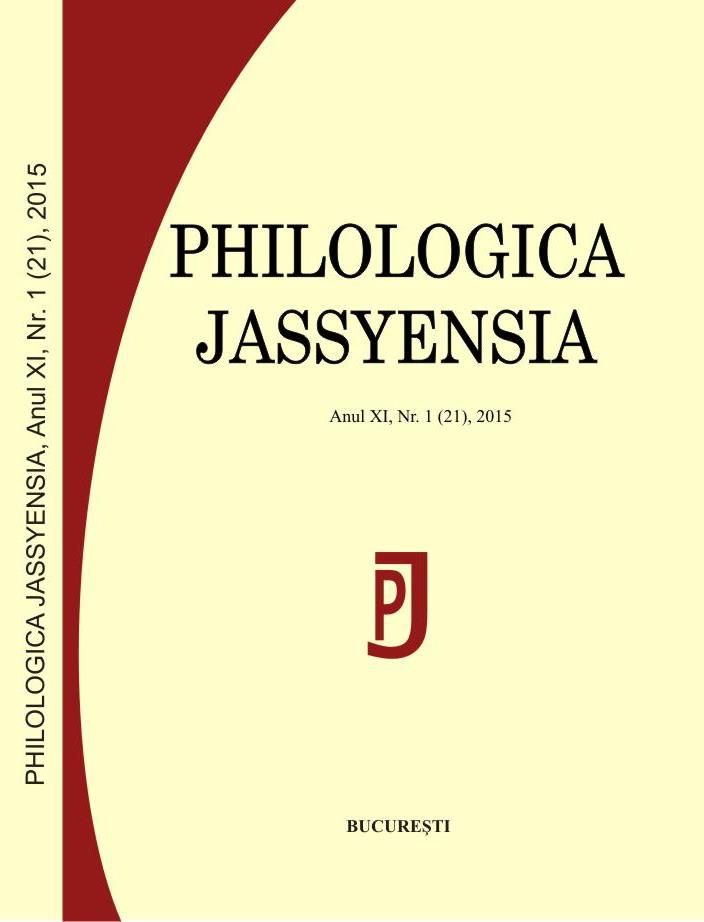Cântecul spicelor di Lucian Blaga. Ierofanie telluriche e Fecondatore lunare
Lucian Blaga’s Cântecul spicelor. Telluric Hierophanies and the Lunar Fecundator
Author(s): Valentina SirangeloSubject(s): Language and Literature Studies
Published by: Editura Tracus Arte
Keywords: mythocriticism; moon; earth; vegetation; fire
Summary/Abstract: The present work aims to illustrate, through a mythocritical approach, how the product of Lucian Blaga’s lyrical mythopoiesis, specifically the moon named “zeul” in Cântecul spicelor (The Song of the Wheat Ears), may be classified as the divinity-type known as the “Fecundator” in the history of religions. In the first part, after identifying the waxing crescent with the phallus – the symbol par excellence of the Masculine principle –, a “lunar” Fecundator is associated with Blaga’s astral god. From his place in the sky this god has a “« spécialisation » génésico-taurine” (Eliade 2011: 101), and the power to inseminate the earth through his spermatic rain, since he is endowed with a “phallic” horn. Moreover, the ophidian hypostasis of the moon, which further justifies its virility, is presented: the serpent – in the same way as the taurine horn – is isotopic with the phallic waxing crescent. The second part of the article describes how the Blagian moon awakens, in the virginal ears – symbolizing the daughters and hypostases of the Goddess Earth –, a fervent “dor”. However, at the same time the Blagian moon produces a tremor of death due to its “seceră” form, since the sickle is the tool that severs the plant’s life, while also promising its future rebirth. Finally, this work underlines the key-role played by the fire element as an instrument of Eros: it is evoked in “în arderea vântului”, a syntagm epitomizing the ears’ hope for a kind of death which would allow them to ascend to the sky and rejoin the moon-god. Thus, the transience that the vegetation drama imposes upon them would disappear, and the moon’s harvesting would fill the chasm separating the sub-lunar world, which is the realm of eternal becoming, from the sempiternal dominion of the lunar world, i.e. the celestial realm.
Journal: Philologica Jassyensia
- Issue Year: XI/2015
- Issue No: 1 (21)
- Page Range: 111-123
- Page Count: 13
- Language: Italian

